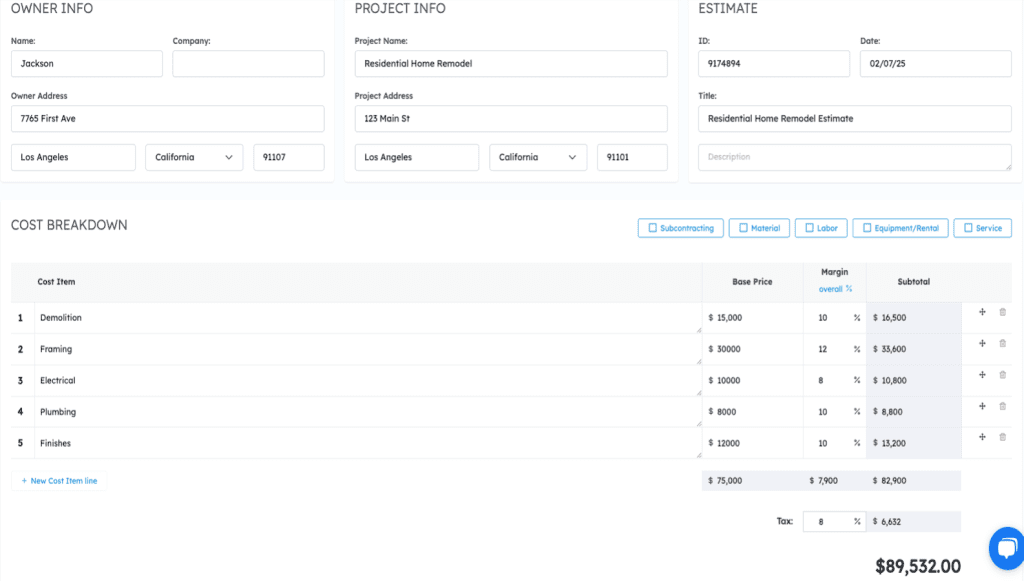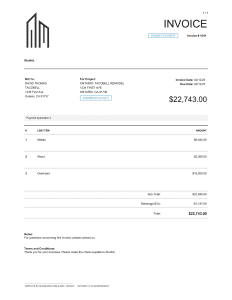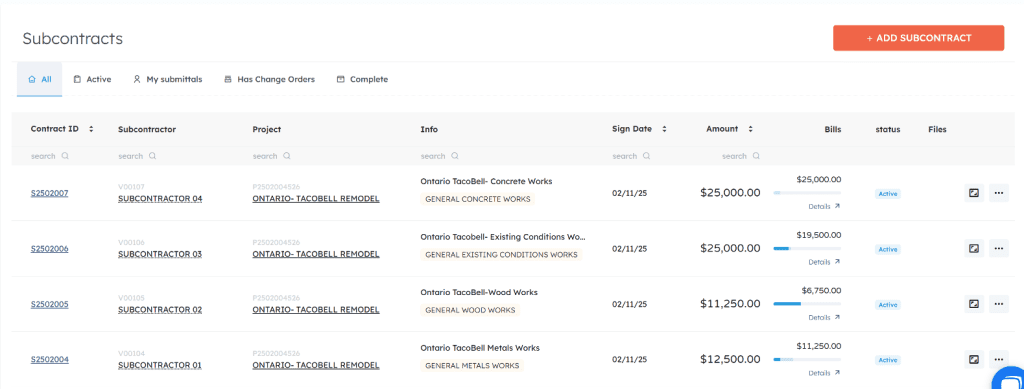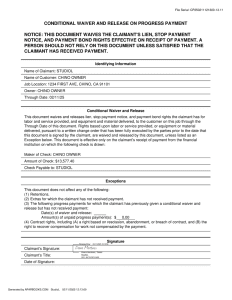As the operations manager for my construction company, I was responsible for handling everything from estimating project costs to managing invoices, payroll, and client communications. To do this, we relied on a patchwork of software platforms—QuickBooks for accounting, another program for project management, a third for invoicing and vendor management, and yet another tool for tracking lien waivers and change orders. It felt like every part of our workflow had a separate platform, and none of them talked to each other.
The constant need to sync data between these platforms was frustrating and time-consuming. Simple tasks, like updating project costs or reconciling expenses, required transferring data manually from one system to another.
Not only did this create a huge opportunity for human error, but it also made us look unprofessional in front of clients when information was inconsistent. On top of that, the financial cost was piling up. Each platform had its own subscription fee, which added up to thousands of dollars a year. It was clear this setup was eating into our profit, and we needed a more efficient solution.
The financial burden of maintaining multiple software subscriptions was a serious hit to our bottom line. We were spending over $10,000 a year just on platform licenses—funds that could have gone into project expansion or equipment upgrades. Beyond the cost, the lack of integration between these platforms caused frequent delays.
A simple error during data transfer could take hours to correct, and we often had to double-check figures across all systems to ensure they aligned. This slowed down payment processing, created bottlenecks in project updates, and led to frustrating miscommunications with subcontractors and vendors. Our team spent more time fixing errors than actually managing projects, which affected our ability to take on more clients.
Switching to APARBooks was a game-changer. Finally, we had a single platform that could handle everything—estimating costs, auto-calculating expenses, generating invoices, tracking subcontracts, managing lien waivers, and more.




With APARBooks, I could handle all these tasks in one place, which saved us hours each week and eliminated the need for multiple software subscriptions. Plus, the built-in reminders and document organization kept everything under control, letting us focus on delivering quality projects instead of syncing data.









